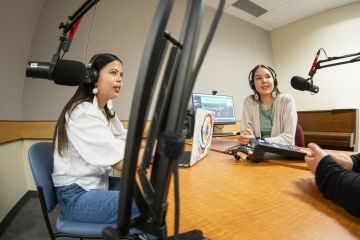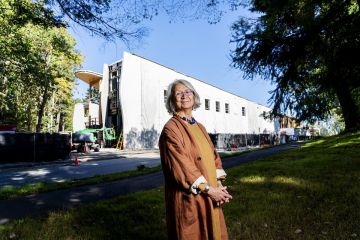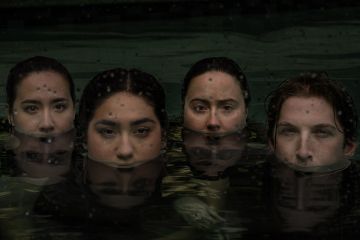Google features UVic project in latest launch
- Tara Sharpe
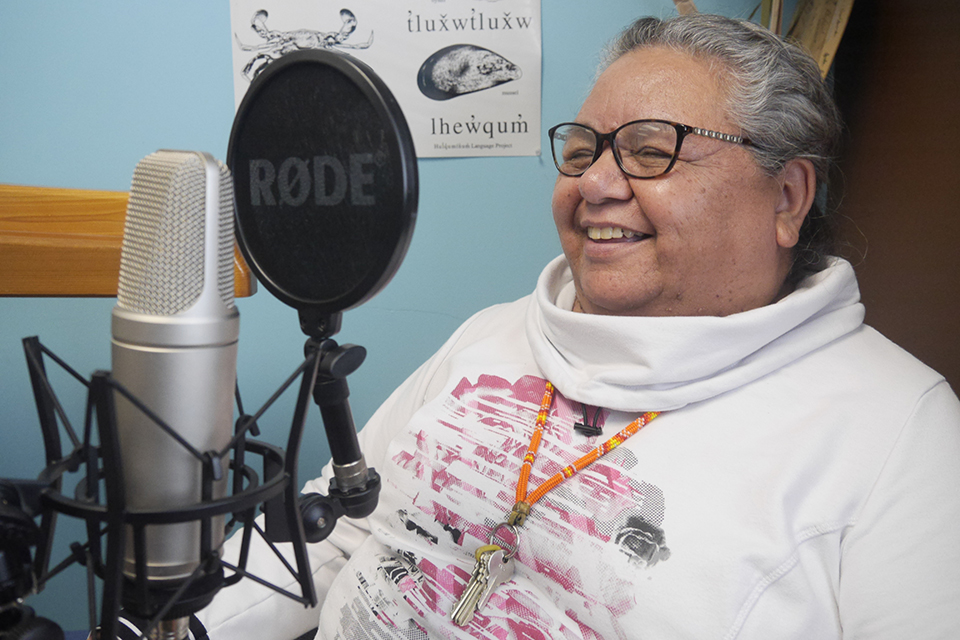
This is the International Year of Indigenous Languages. And today—the same day as the UN’s International Day of the World’s Indigenous Peoples—the global release of a new Google project is highlighting an initiative led by UVic anthropologist Brian Thom and Indigenous languages teacher yutustanaat Mandy Jones (Snuneymuxw First Nation).
The “Celebrating Indigenous languages” Google Earth Voyager project is a curated set of high-quality stories published through Google Earth. It is available in 10 languages internationally and encompasses 55 Indigenous languages in 27 countries from Australia, India, Ecuador and Chile to Cameroon, Pakistan, Turkey and Finland.
And, thanks to yutustanaat, the new tool includes words, phrases, a proverb and songs in the Hul'q'umi'num' language, as spoken by yutustanaat (pronounced “Yah-TUS-tuh-naught”).
In our land-based learning class here in Ladysmith, we start every class with a phrase. Our phrase is ‘uy' ye' thut ch 'u' suw ts'its'uwatul' ch. Be kind and help one another. It is a phrase we really need to bring back into our lives. We want our students to learn how to be kind. We want them to learn to help one another, and to carry this phrase on to their family, their friends, their fellow students, so in turn it goes out into our communities and into our world.
— Indigenous languages teacher yutustanaat Mandy Jones (Snuneymuxw First Nation)
People can use the new Google Earth Voyager story to play sound clips and hear the voices of Indigenous speakers from around the world sharing greetings and traditional songs, and emphasizing the vital importance of Indigenous language revitalization.
Thom has been collaborating with speakers like yutustanaat from the Hul'q'umi'num' communities on southeastern Vancouver Island since the early 1990s.
In the spring of this year, developers at Google contacted Thom to contribute to the new project. He had been part of a small team that advised Google in the development of features like Google Earth’s new capacity to play audio clips, a capability Thom often heard requested by Indigenous communities.
The new Voyager story would coincide with the launch of a long-desired feature of being able to easily play sound clips in Google Earth.
Dynamic learning in School District 68
To create the Hul’q’umi’num’ section of the Voyager story, Thom and yutustanaat worked with students from Ladysmith Secondary School to create audio recordings of yutustanaat, who has a love for the Hul’q’umi’num’ language and a passion for teaching it to the youth in School District 68 (Nanaimo-Ladysmith).
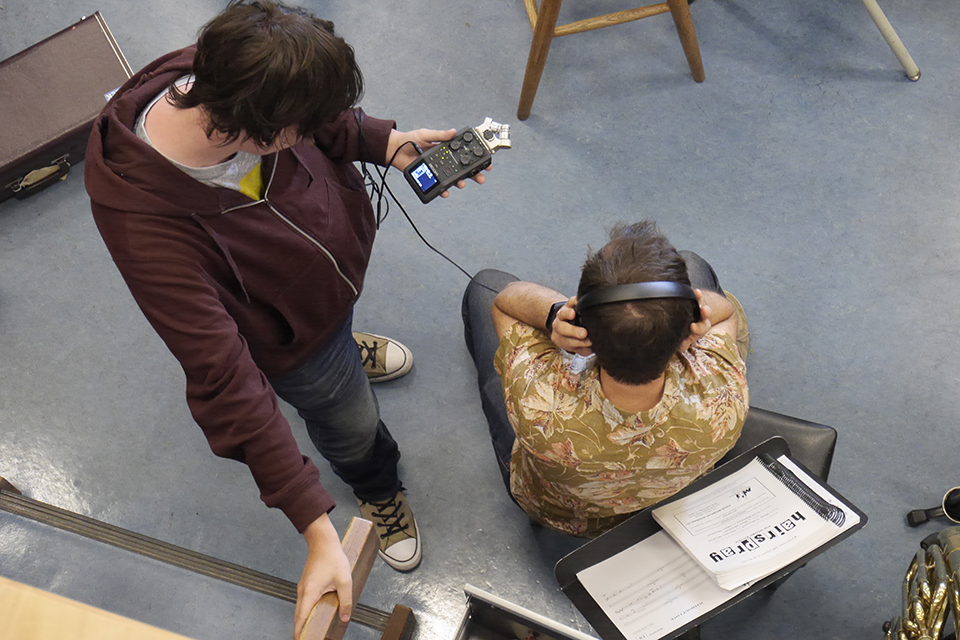
Several of the resulting audio clips of yutustanaat have been selected to be featured in the Google Earth Voyager highlights that Google is now promoting worldwide—including on the main international Google desktop search page around the world today.
The Hul’q’umi’num’ contribution to the Google Earth Voyager story centres on yutstanaat’s love for language and passion for teaching it. In recognition of her efforts over the years, yutstanaat won the Indigenous Education category of the BC Premier’s Award for Excellence in Education last year.
Celebrating Indigenous knowledge and relationships to land
“It is critical to value and treasure the wisdom that comes from Hul’q’umi’num’ teachings like this,” says Thom, an ethnographer and leading expert in the interplay between Indigenous land claims and colonial discourses in Canada and internationally.
In 2014, he hosted a major workshop at UVic on using Google’s mapping tools to document the cultural significance of their lands and territories.
Thom came to UVic in 2010 after more than 13 years as a researcher and negotiator for several Coast Salish First Nations in the BC Treaty process. To support partnerships between researchers and Indigenous communities, he established UVic’s Ethnographic Mapping Lab in 2010 as a collaborative space for research projects such as traditional use studies, or cultural site and place name mapping. This work uses practical technologies like Google Earth in very powerful and community-accessible ways.
The Hul'q'umi'num' language is spoken by Island First Nations between Nanoose Bay and Mill Bay including Snaw-naw-as First Nation, Snuneymuxw First Nation, Cowichan Tribes, Stz'uminus First Nation, Penelakut Tribe, Lyackson First Nation, Halalt First Nation and Malahat First Nation.
It is an honour and privilege to facilitate long-term research collaborations that celebrate and foreground Indigenous knowledge and relationships to land.
— UVic anthropologist Brian Thom
Thom’s community-based research has included working with Cowichan Tribes and School District 79 (Cowichan Valley) to commemorate the 2,000-year old ancestral site Ye’yumnuts.
And his teaching has facilitated collaborative Indigenous mapping projects for use by Coast Salish First Nations and Parks Canada in cooperative management in the Gulf Islands National Park Reserve.
Learn more
Photos
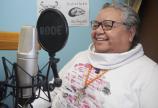
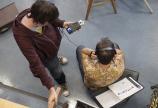
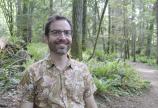
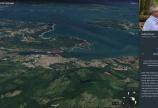
In this story
Keywords: Indigenous, languages and linguistics, technology, international, anthropology
People: Brian Thom
Publication: The Ring


